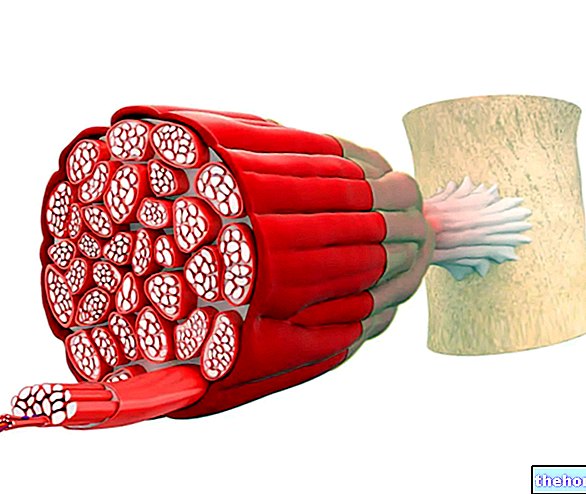Now let's see in the practical act, how to apply this principle in the gym.
, times of muscle tension, etc.).
On the surface, the principle would seem rather intuitive, but it is still necessary to give a couple of examples to better clarify the concept.
Micro-graduality in the "increase of" intensity in the mesocycle
Let's assume we insert a 6-week mesocycle dedicated to the increase of pure strength.The tables will be organized in split with multifrequency of the muscle stimulus in the micro cycle, consisting of heavy multiarticular exercises, with TUT and adequate recovery, and intensity> 85% of 1RM
Let's take the training of the thighs, glutes and lower back as a reference. In tables A, B and C will appear respectively: squats, deadlifts and lunges with a barbell one leg at a time.
In table A the dominant exercise will be the squat, say with 3 sets of 6 reps very close to failure [eg with 100 kg]. This will be followed by 2 sets of 7-8 rep deadlift and lunges with reserve (say buffer 2-4, depending on capabilities).
In tables B and C the principle is repeated, inserting as dominant exercises the deadlift in one and the barbell lunge in the other.
Reasoning for micro graduality, one micro cycle after the other, we will increase the intensity parameter without reducing the volume. This can be done by increasing overhead and sets - possibly recoveries - but decreasing reps at the same time.
At the second micro-cycle to be clear, in table A the squat will be performed in 4 sets of 5 reps increasing by 2.5-5.0 kg in total [eg. with 102.5-105.0 kg]; in the third, it will become a 5 set of 4 reps almost in forced [105.0-107.5 kg]. The other two exercises, on the other hand, can be maintained in the same way or, for the more daring, you can increase the overload by reducing the reps and therefore keeping the buffer.
If the calculations are correct, the growth trend should remain constant until the end of the 6 weeks.
Micro-graduality in increasing the intensity within the session
Let's assume a workout with the help of a spotter. Beginning a bench press exercise with 75 kg total in the first series (set) and performing 8 repetitions (rep) brought to failure, wanting to reduce the reps by one or two at most in the second set and reaching the yield again, the increase of the overload must correspond to 2.5 kg at the most.
If the recovery is adequate, you can increase again by 2.5 kg to reduce by another two reps in the third set; if, on the other hand, the increase is greater or the recovery is insufficient, even without other increases, the failure could arise in any case earlier.
Let's not forget that, even guaranteeing sufficiently long recoveries, depleting phosphages and accumulating lactic acid, at a certain point it is no longer possible to maintain the same efficiency. Therefore, if you want to perform more than 3 sets (4, 5 or more), even if you want to work to failure, to maintain a very high intensity in the last sets it is advisable to keep a buffer of one or two reps in the first (sometimes even in the second).
A small reserve in the first set is also useful to better prepare the muscles, preventing injuries and improving performance in the middle and final sets.
long-term. It is not possible to work always and only at very high intensities, as the nervous system, joints and tendons need periods of unloading.
Therefore, in an alternating manner, the training will have to take on a more metabolic connotation - increasing the density - or more energetically expensive - increasing the total volume. The important thing is that each training parameter is implemented with micro-graduality, in order to ensure solid adaptations, maintaining a high quality of movement, and minimizing the chances of injury.









.jpg)


















